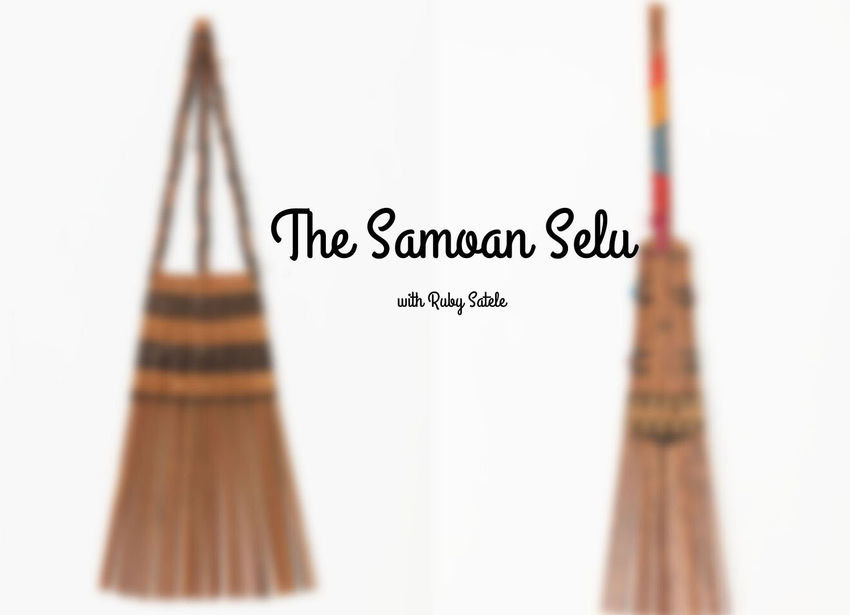The Unique Samoan La'au Selu

Ruby Satele tells Coconet TV about how these two samoan Selu are particularly unique.
What is so unique about Samoan selu?
These particular sets of selu are tall and elongated in form, making it visible even from front view. Each of the combs are significantly decorated and no two combs are the exact same. They are unique from other Samoan selu as these are purely decorative hair adornments and perhaps the only practical element it may have is to secure a hair style in place. The selu la’au (wooden comb) is a special one and also unique, even in the Pacific, for its level of detail and intricacies embedded in a thin, wooden comb.
Can you describe the dfiferent types of selu that are in the collection? Did they have different ornamental uses and what are each one made of?
There are two types of selu in the collection; selu tuāniu and selu la’au. The selu tuāniu is made from multiple midribs of the coconut leaflet and held together by lashings, often sennit lashings. The decorative element is provided in the lashing techniques as well as the addition of several small, coloured beads. The selu la’au are combs made of thin pieces of wood that are multifariously decorated. A modern technology may have been used to enable intricate cuts or incisions in the comb.

When was the use of these selu popular in samoa and when did it die out?
There are supporting evidences, especially in photographic form, that suggests these styles of selu were popular from the late 1800s to early 1900s.
What do you love about these taonga of Samoa for our women?
These were popular for Samoan women, young and old, before and it can be again! I love that it is bold, distinct and can be paired with our favourite sei.

What have you learnt about Samoan cutlures through working with the selu collection?
Some concepts were reinforced while working with the selu collection. The Samoan culture and people are adaptable and it’s not unusual to see evolving practices, as seen in the selu. I’ve heard many valuable perspectives and understandings of the selu this week and I am reminded of the beautiful Samoan saying “e tala lasi Samoa”.
